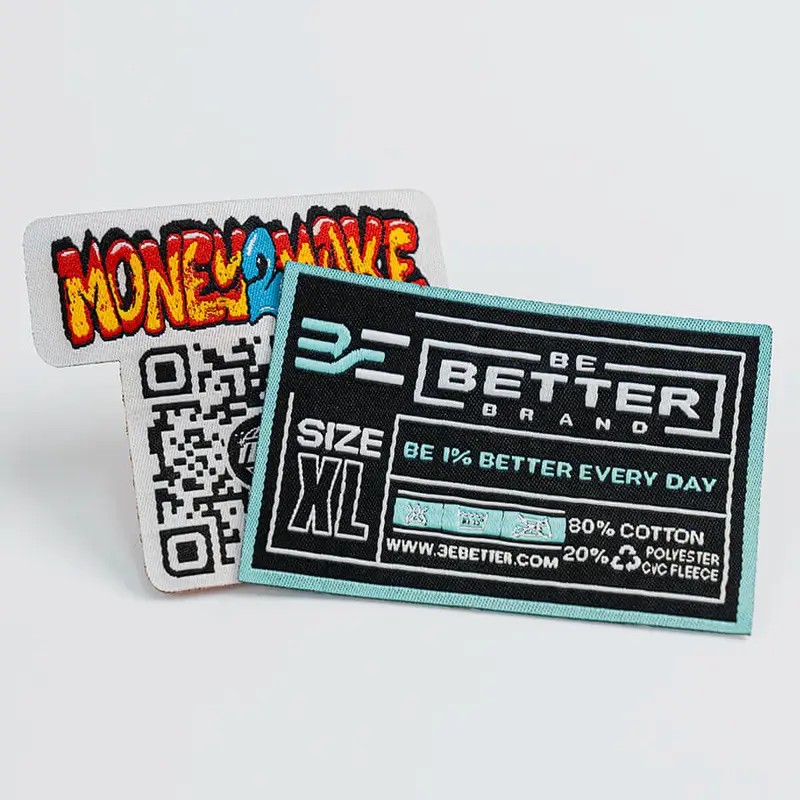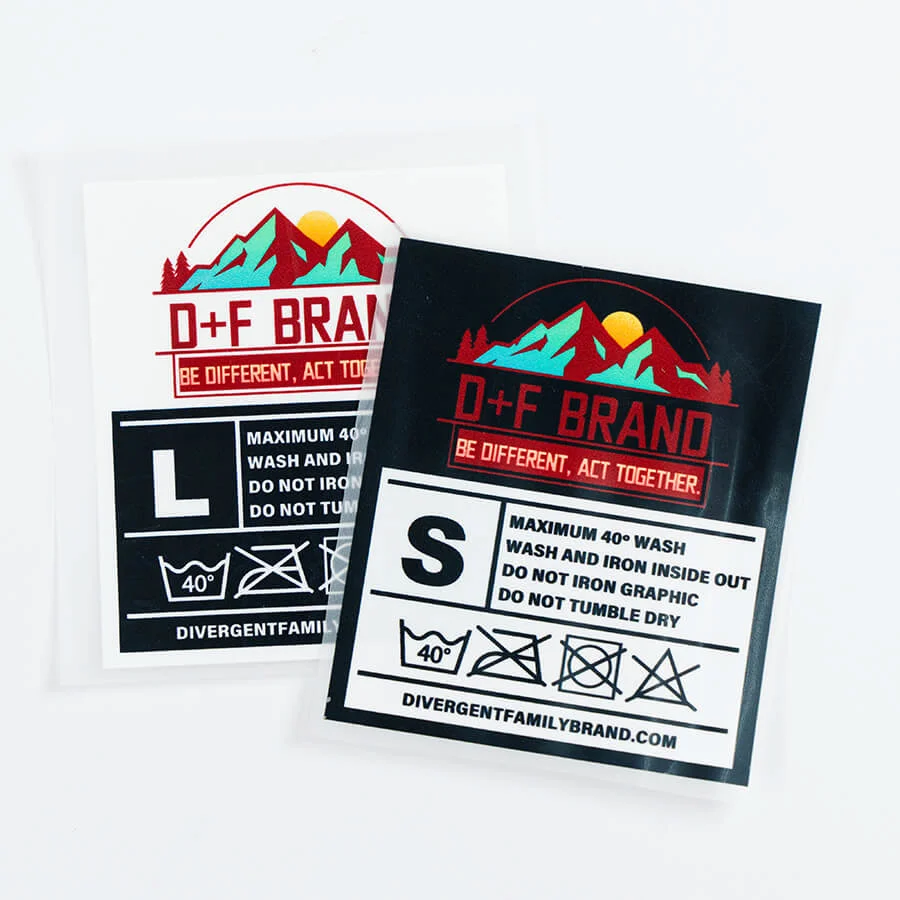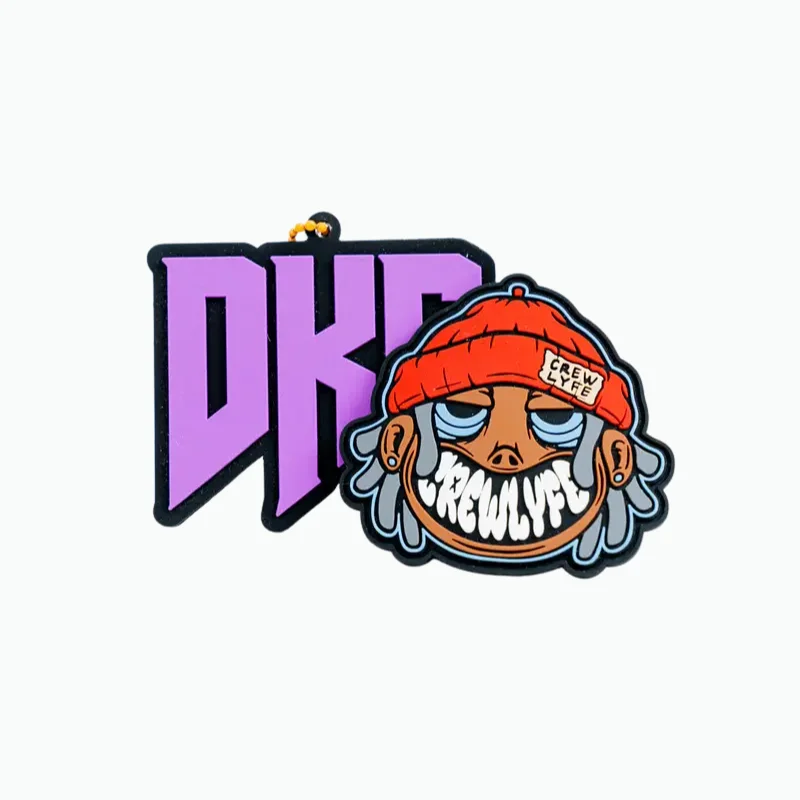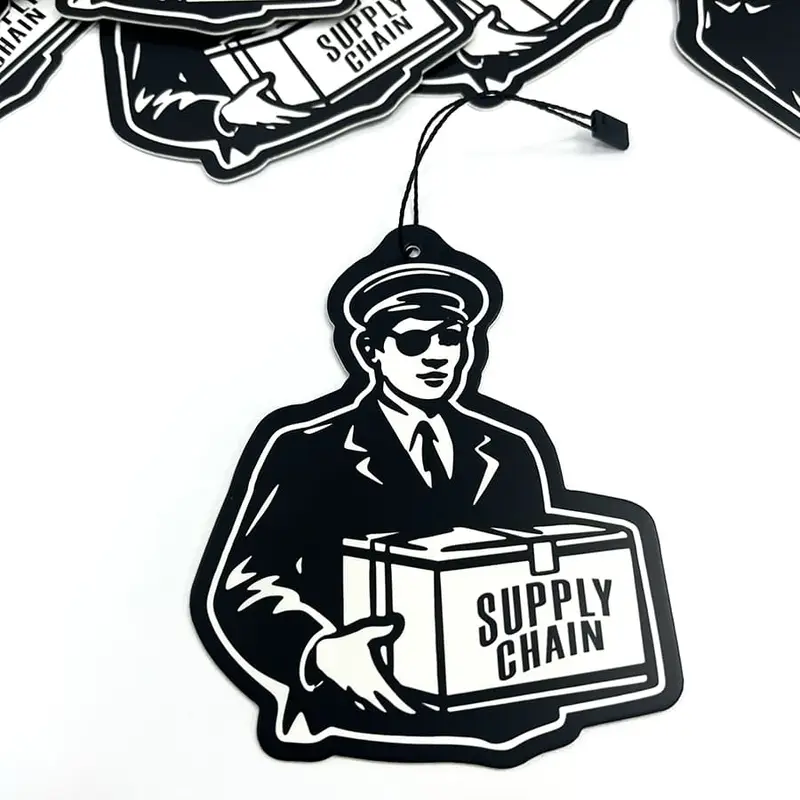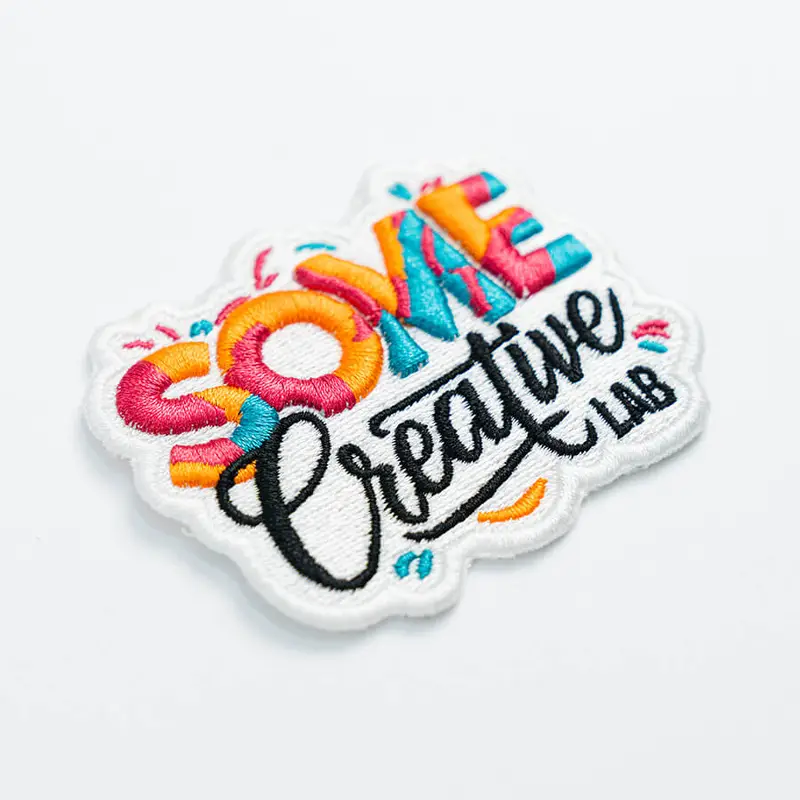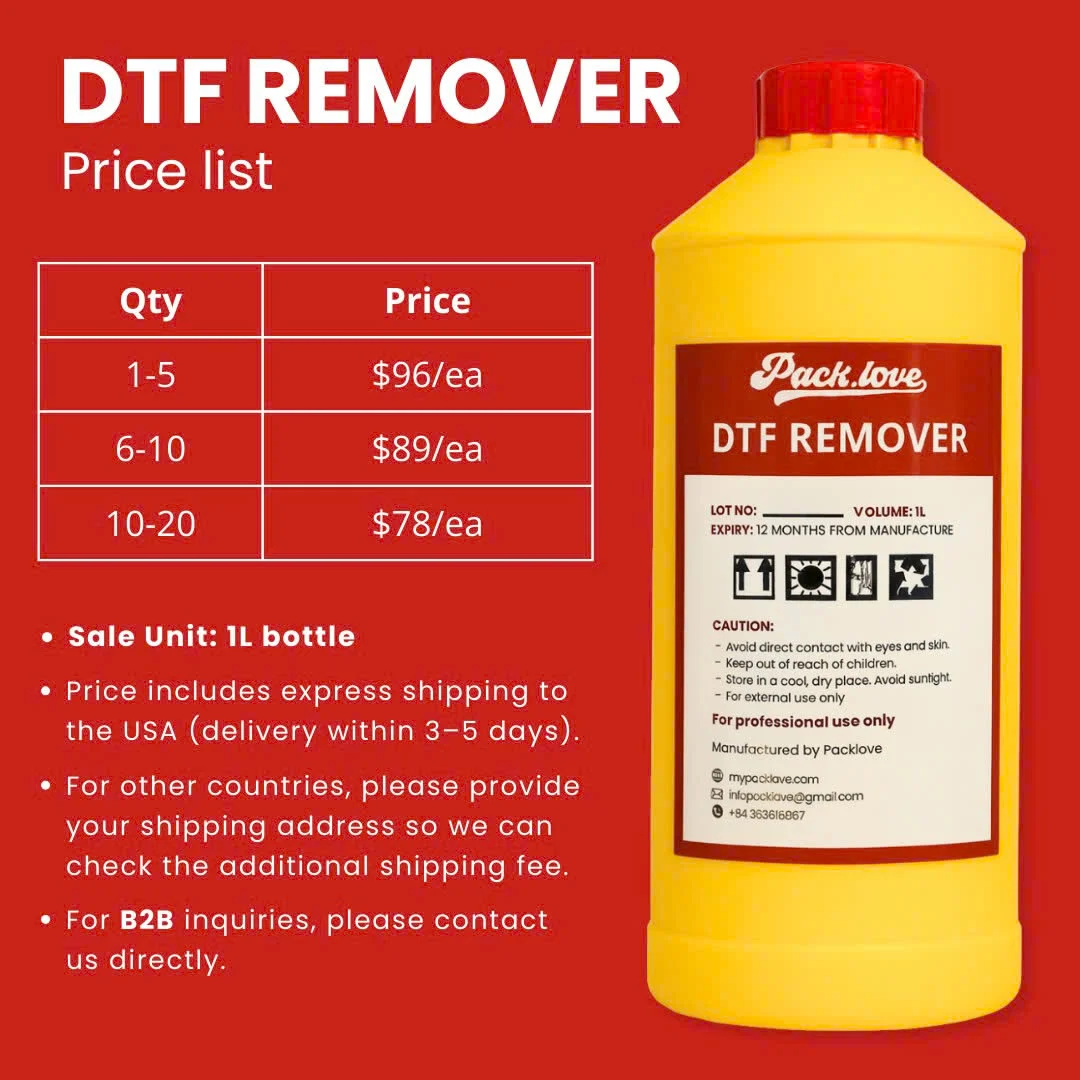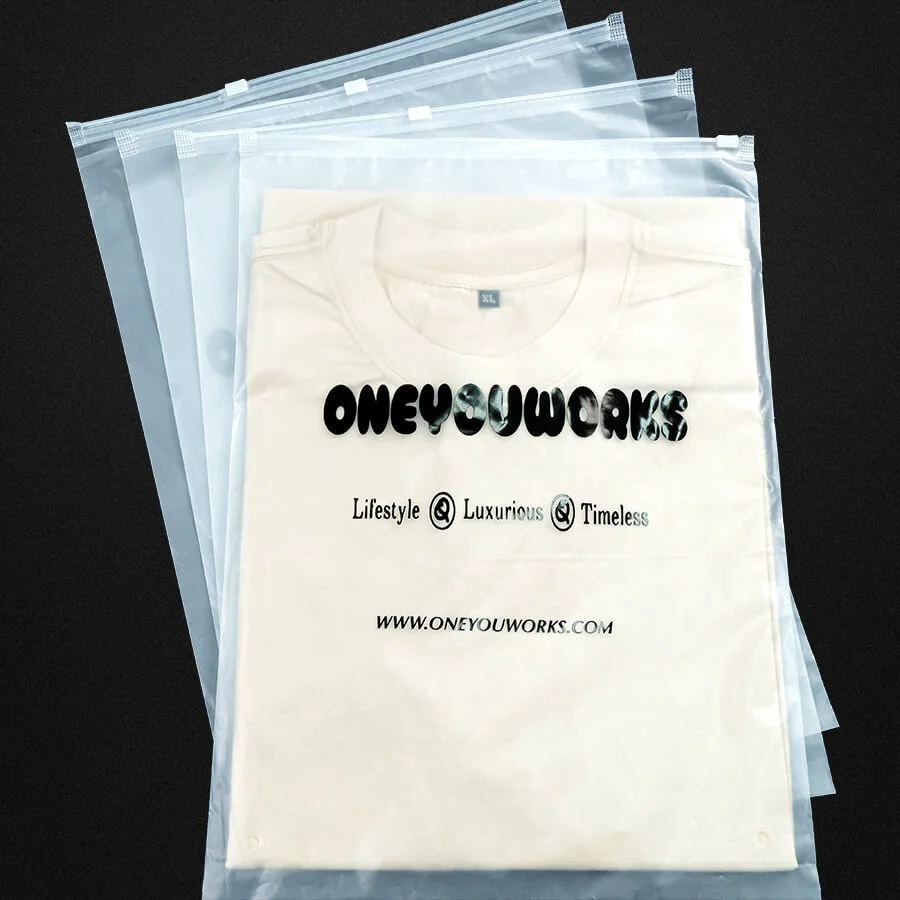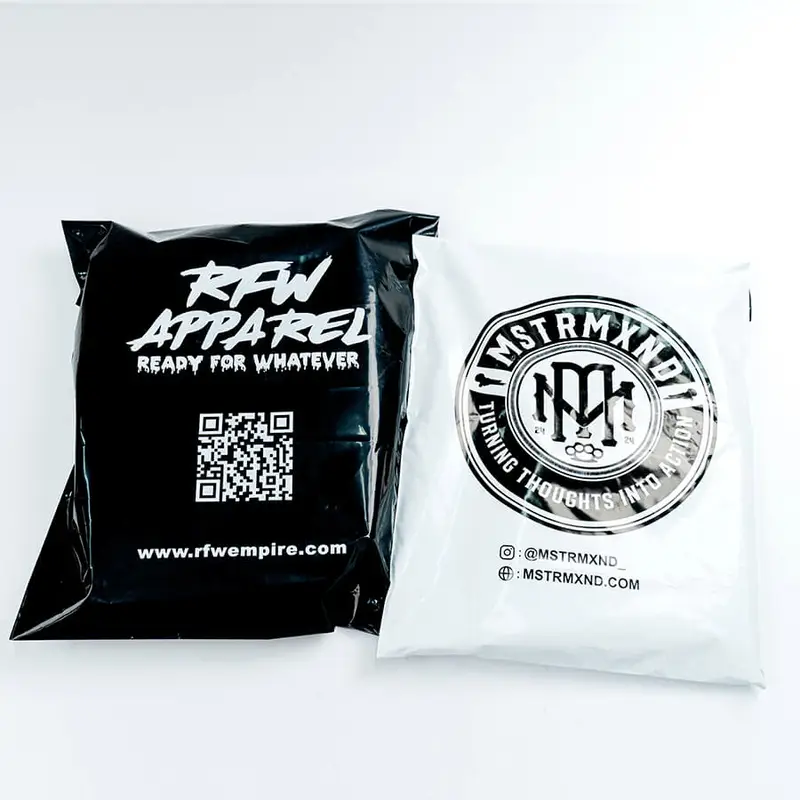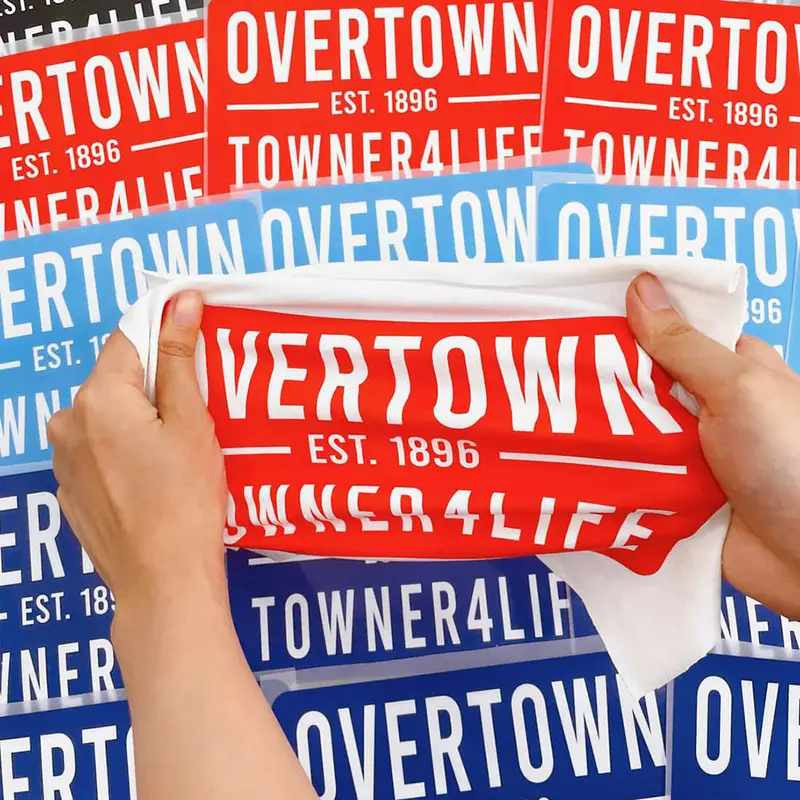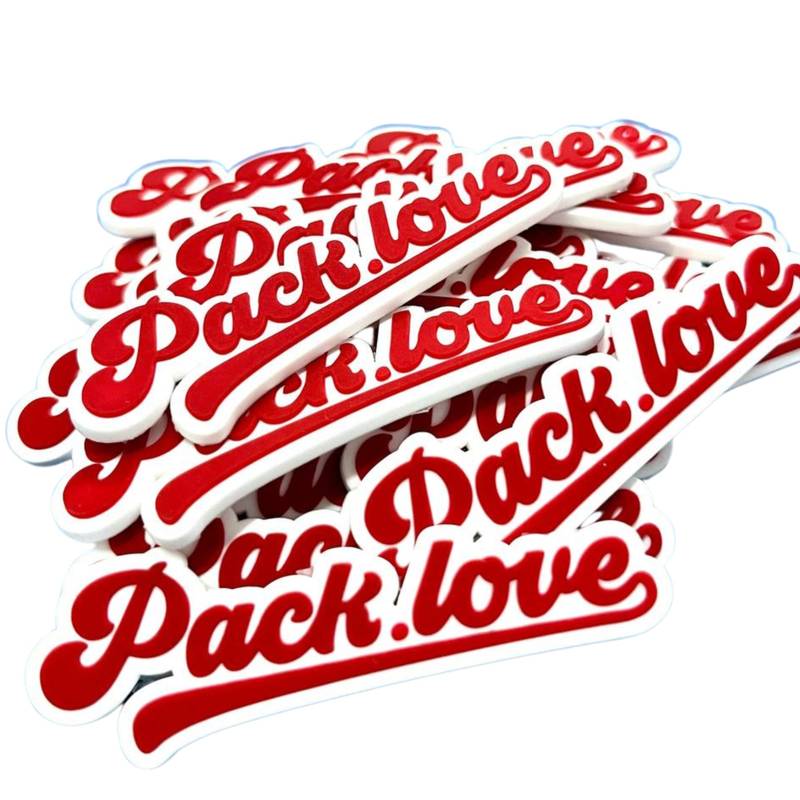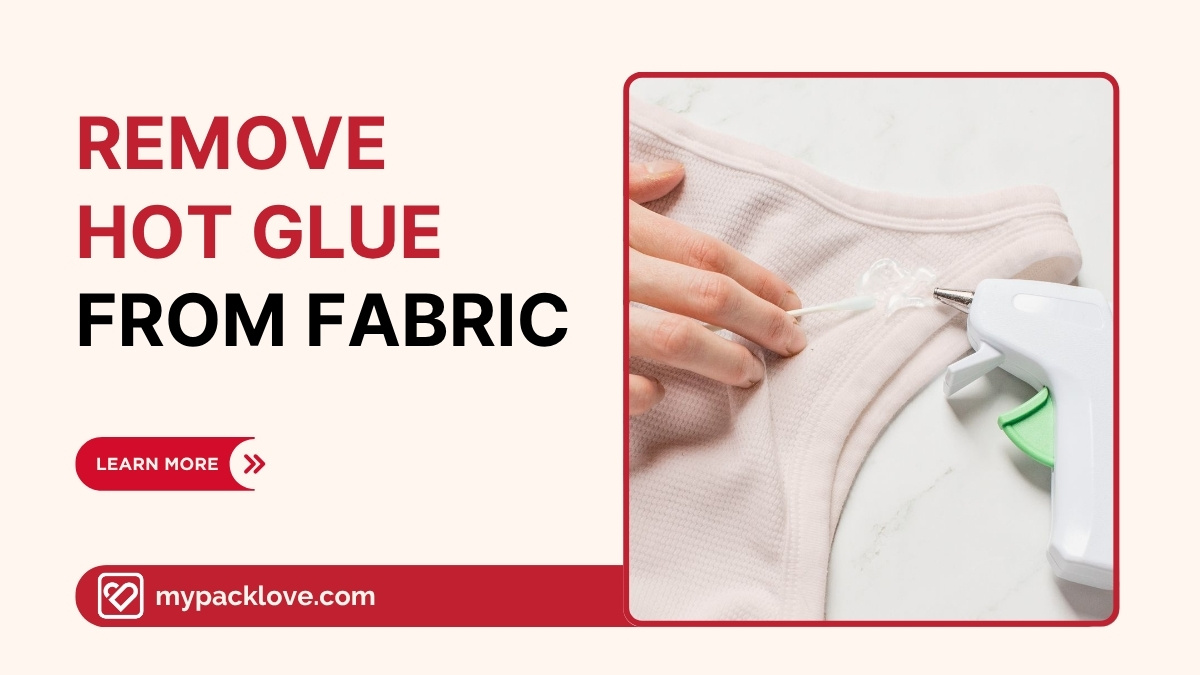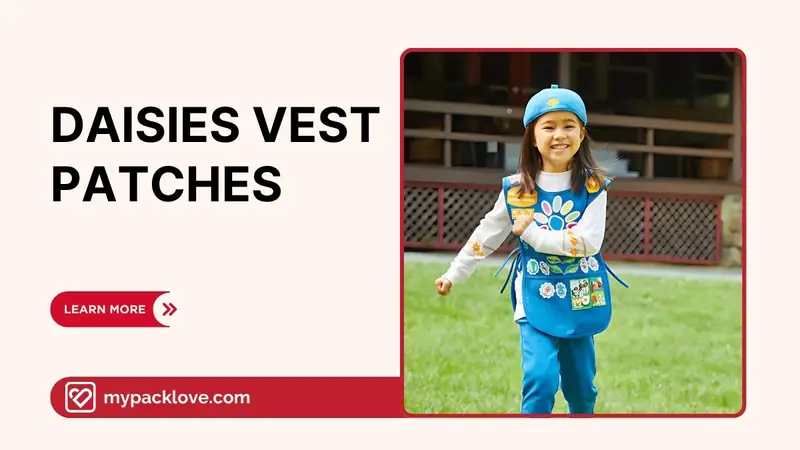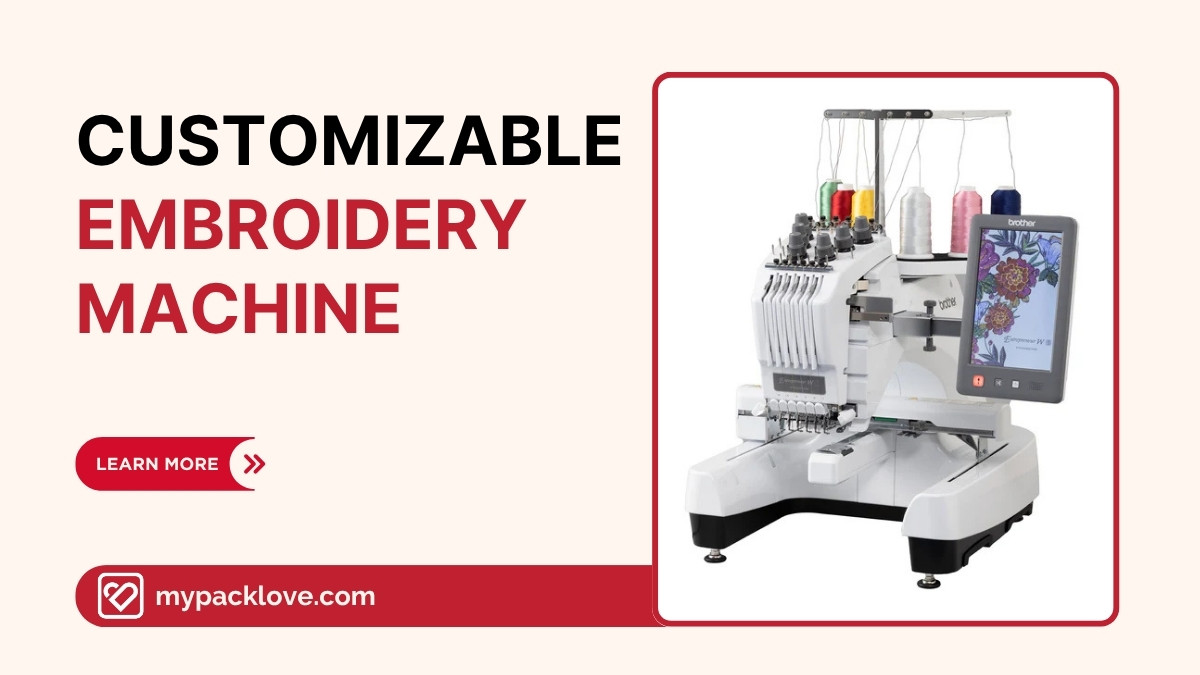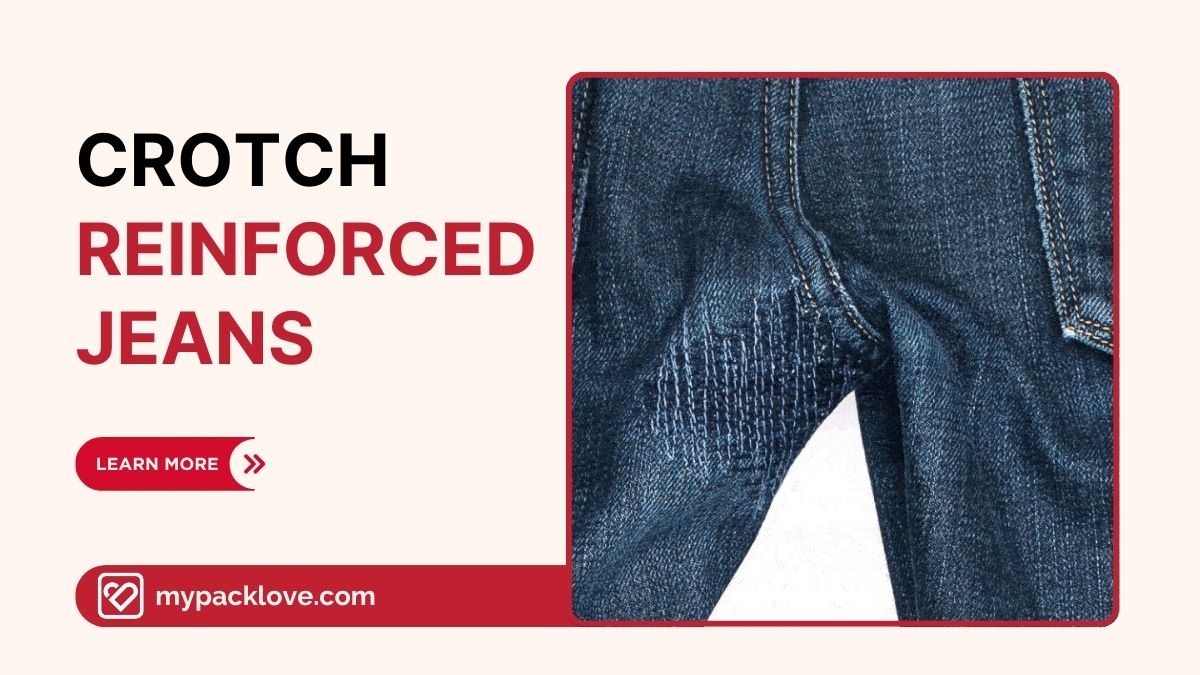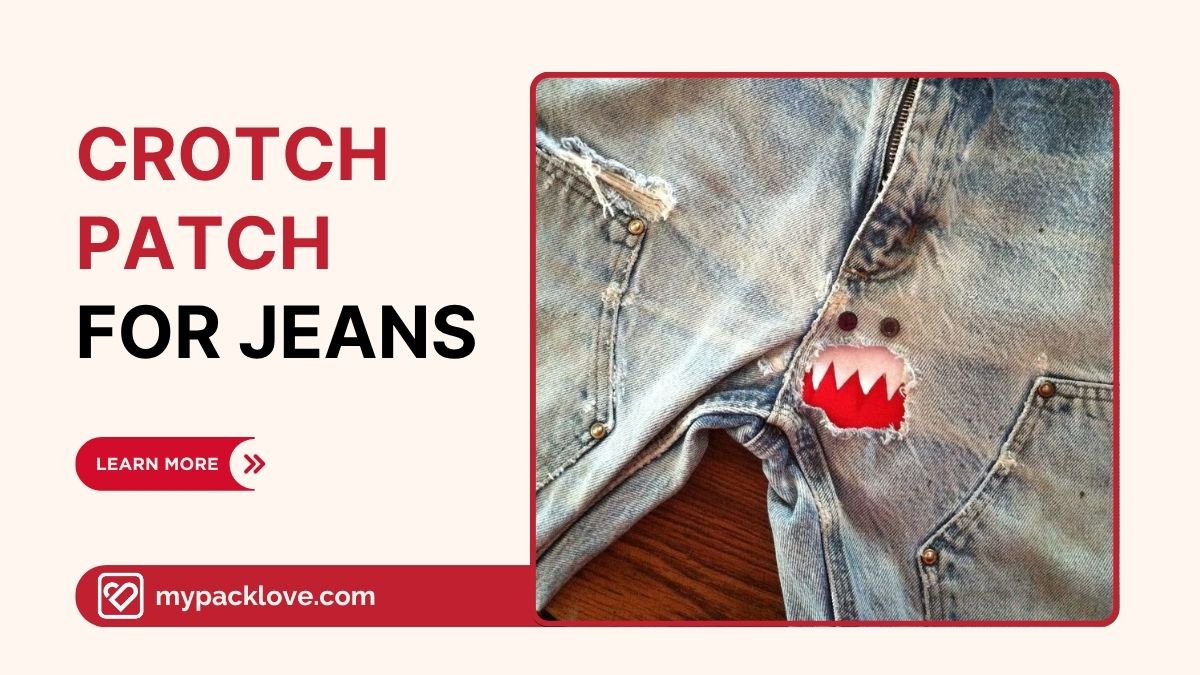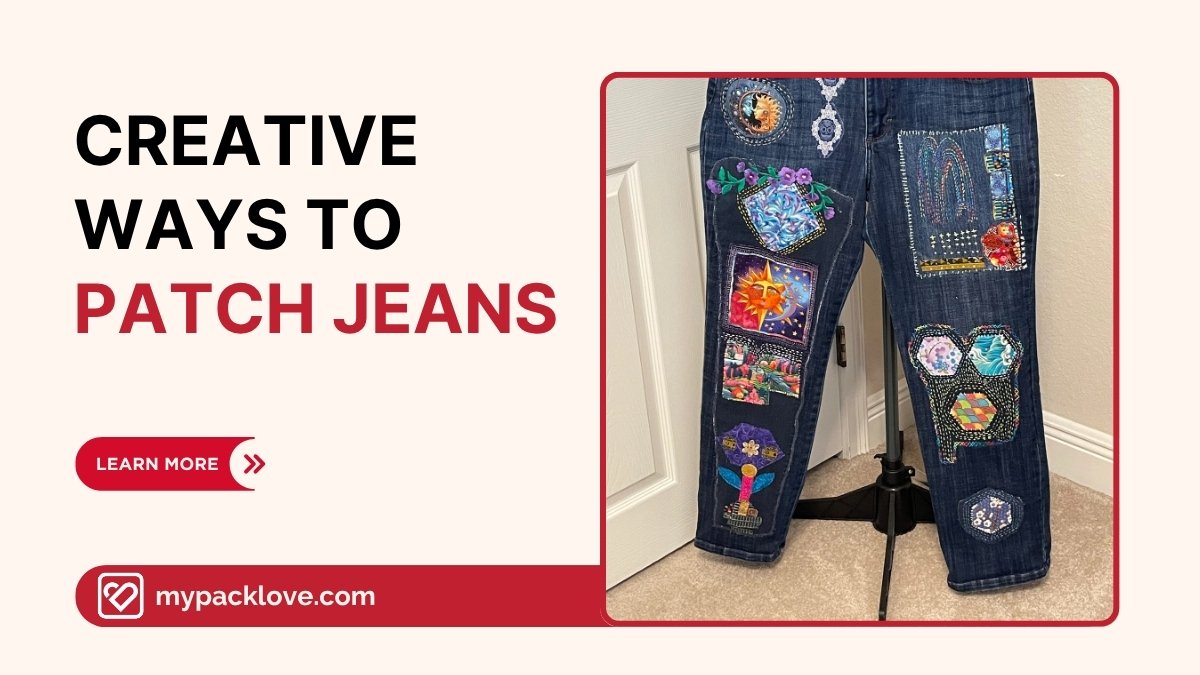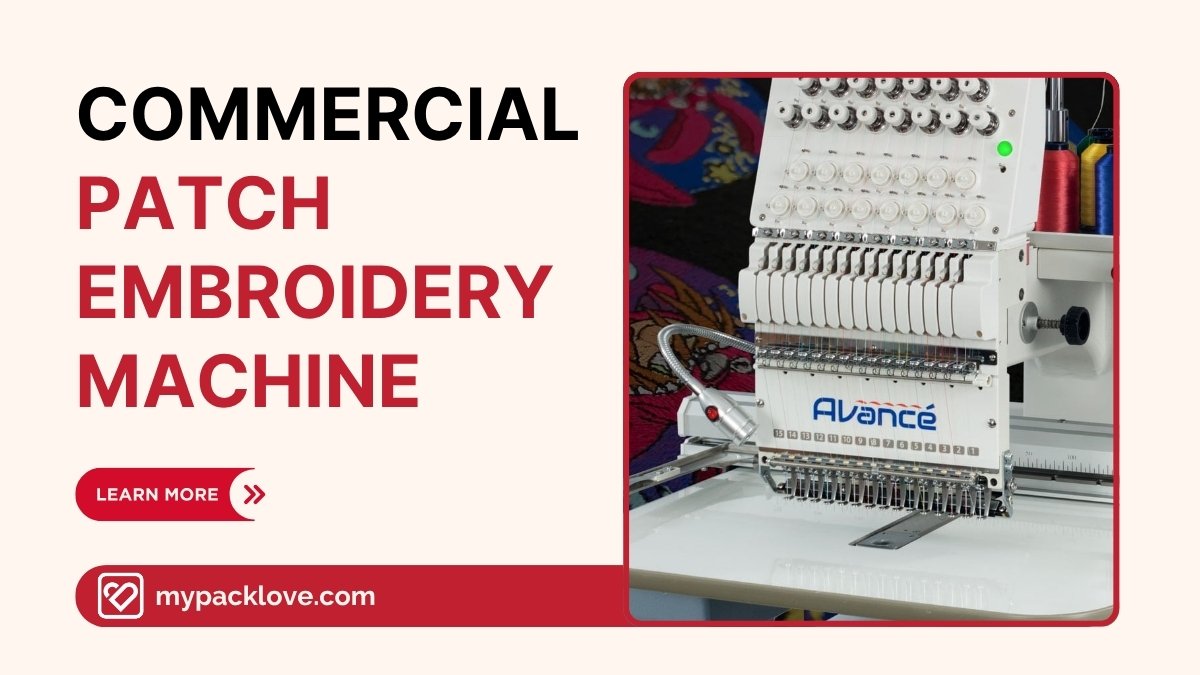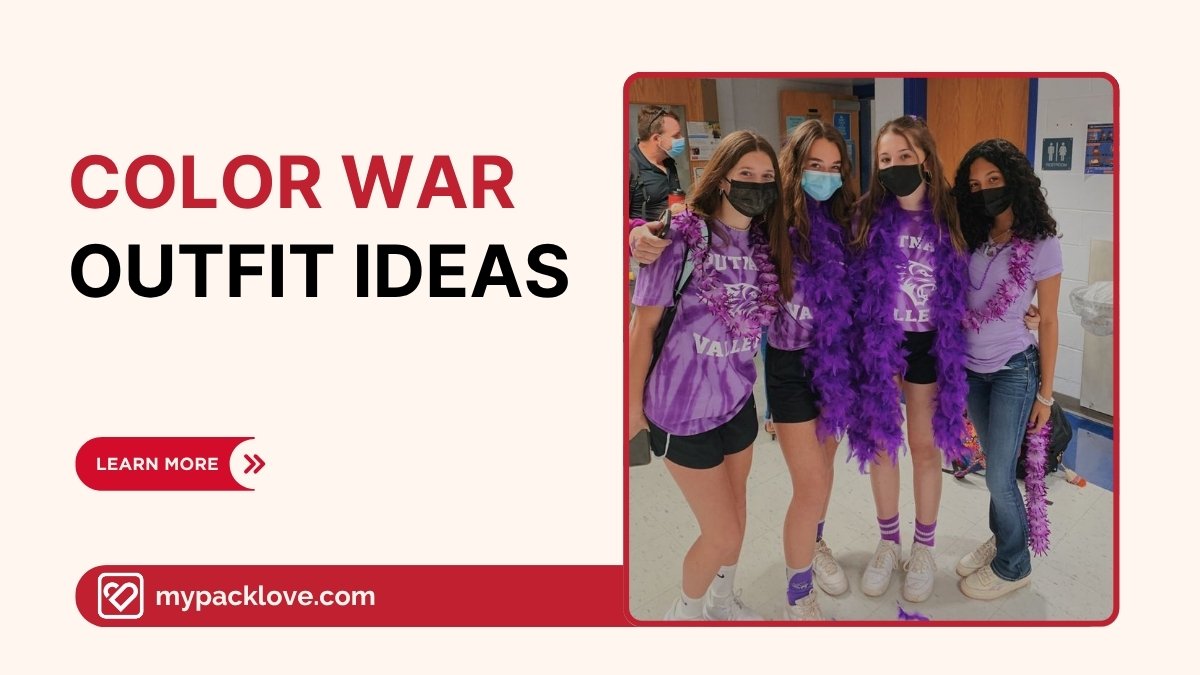Patches Defined: Types, Materials, Uses and More
Personalizing items with patches is a popular trend, offering a cost-effective way to enhance clothing, accessories and branding. However, navigating the diverse world of patches can be challenging. This guide helps individuals and businesses from fashion designers to event organizers make informed patch choices, avoiding costly mistakes and ensuring a high-quality, long-lasting result. Let’s see!
1. Understanding the Definition of Patches
1.1 What is a Patch?
Patches are pieces of fabric, leather or other materials featuring a design, logo or message. Often embroidered, woven or printed, they serve decorative, identification or branding purposes. Historically used as military insignia and evolving into fashion statements, patches add personality and meaning to clothing and accessories. They’re a versatile way to personalize items.
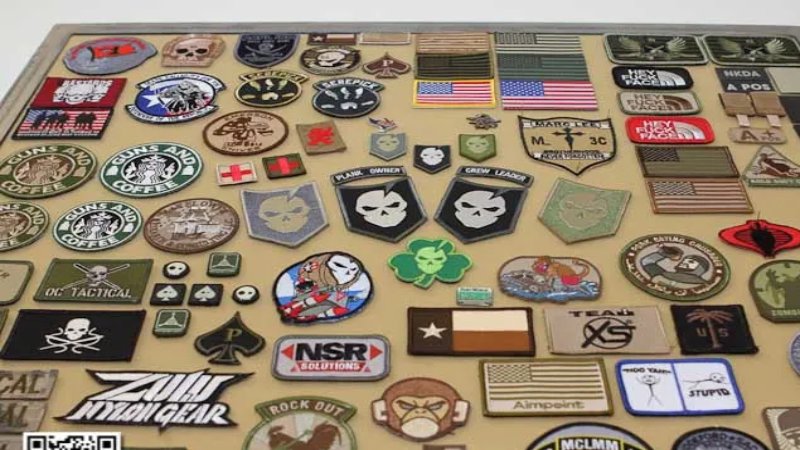
1.2 Different Types of Patches Based on Attachment Method
Sew-on patches offer superior durability, attached by hand-sewing or machine stitching. Suitable for various fabrics, they provide a permanent and strong bond. Iron-on patches, conversely, use a heat-activated adhesive on their reverse side. Applying heat melts this adhesive, attaching the patch to the garment. Best suited for cotton or denim, these offer a quicker application method.
Velcro patches, utilizing a hook-and-loop system, allow for easy attachment and removal, perfect for frequent changes. Finally, adhesive patches are sticker-like and ideal for temporary applications on smooth surfaces; sewing them is recommended for long-term use.
2. Exploring Different Types of Patches Based on Material and Style
2.1 Embroidered Patches
Embroidered patches use specialized machines to stitch designs onto fabric backings. Polyester threads provide vibrant, durable results while rayon offers a softer sheen. Their classic textured look makes them suitable for various applications from clothing and accessories to bags and hats. The embroidery process allows for intricate designs and a high level of customization.
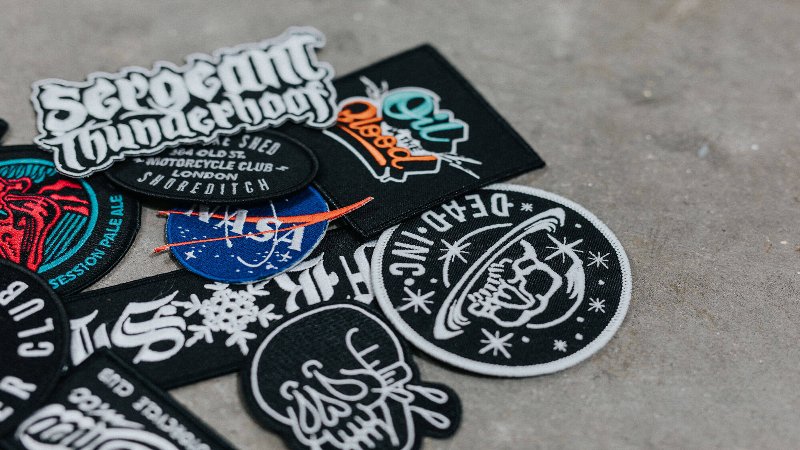
2.2 Woven Patches
Woven patches utilize a tighter weave than embroidery, creating a smooth, flat surface. High thread counts allow for intricate details and crisp, small text. Their polished appearance makes them ideal for logos and designs needing high precision. Woven patches often project a professional look suitable for branding or labeling.
2.3 PVC Patches
Made from durable polyvinyl chloride (PVC), these patches are water-resistant and flexible. PVC’s moldability allows for 3D designs. Ideal for outdoor gear or tactical equipment, they provide a rugged, weatherproof solution for demanding environments. Their toughness makes them perfect for items subject to wear and tear.
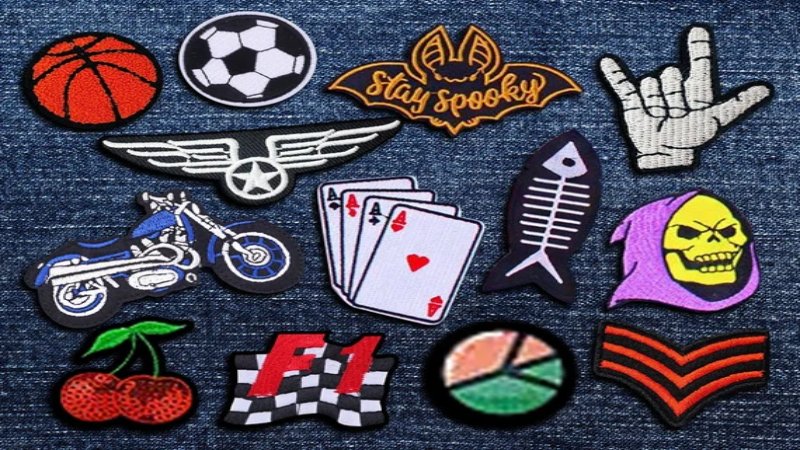
2.4 Leather Patches
Leather patches use genuine or synthetic leather. Genuine leather ages well and provides a luxurious feel while synthetic leather offers affordability and consistent appearance. Embossing or debossing adds texture and dimension. These patches project a sophisticated image, ideal for high-end apparel and accessories.
2.5 Chenille Patches
Chenille patches feature a distinctive fuzzy texture created using looped yarn. Traditional uses include letterman jackets and varsity apparel. This style evokes a vintage, textured aesthetic making it suitable for projects needing a retro feel. The unique texture adds visual interest.
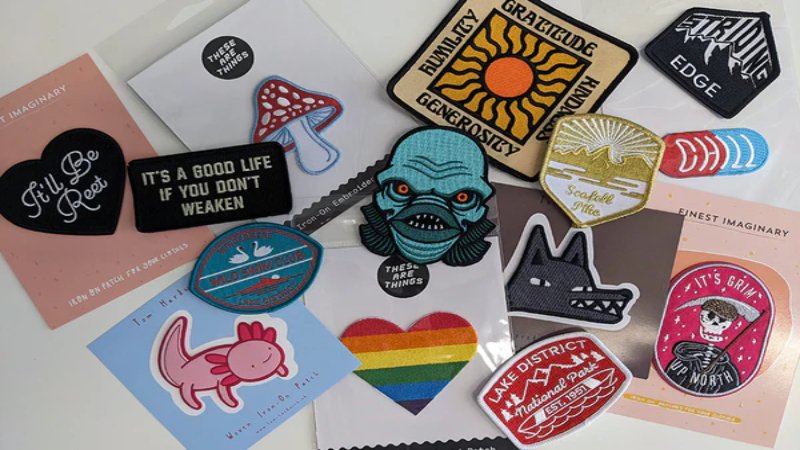
2.6 Printed/ Sublimated Patches
Printed or sublimated patches allow for full-color photographic images and highly detailed designs. Dye-sublimation infuses ink into the fabric, creating a permanent, vibrant print. Cost-effective for small orders and complex designs, these patches offer visually striking results. This is a versatile and affordable printing option.
3. Designing and Ordering Custom Patches
3.1 Choosing the Right Patch for Your Needs
Patch selection depends on several factors. Purpose dictates patch type: decoration, branding or repair. Fabric compatibility is crucial: cotton, denim, leather or nylon require different attachment methods. Aesthetic goals influence material choice: classic, modern, vintage, or rugged.
Durability requirements such as washing and outdoor use impact material selection. Finally, budget constraints affect the choices available. For company uniforms, woven patches offer durability and professionalism. Motorcycle clubs might prefer embroidered or durable PVC patches.
3.2 Patch Design Considerations
Effective patch design is key. Size impacts visibility: larger patches better showcase designs but may not suit all applications. Shape options include round, square, rectangular or custom shapes. Color theory and contrast create visual appeal; however, the number of colors affects cost. Fonts should be legible, especially in smaller patches.
3.3 The Custom Patch Ordering Process
Creating custom patches for your clothing line involves a structured process to ensure you get exactly what you envision. It all begins with solidifying your design concept. This initial stage is crucial, where you might sketch out your ideas, gather visual inspiration, or even brainstorm with your team to define the patch’s look and feel.
Once you have a clear design direction, the next step is preparing your artwork for production. For the best results, it’s generally recommended to use vector files, as these maintain crisp lines and scalability, essential for patch manufacturing.
Following artwork preparation, you’ll need to specify the details of your patch. This includes deciding on the patch type – perhaps embroidered, woven, or printed – as well as the precise size, shape, and color palette that aligns with your brand.
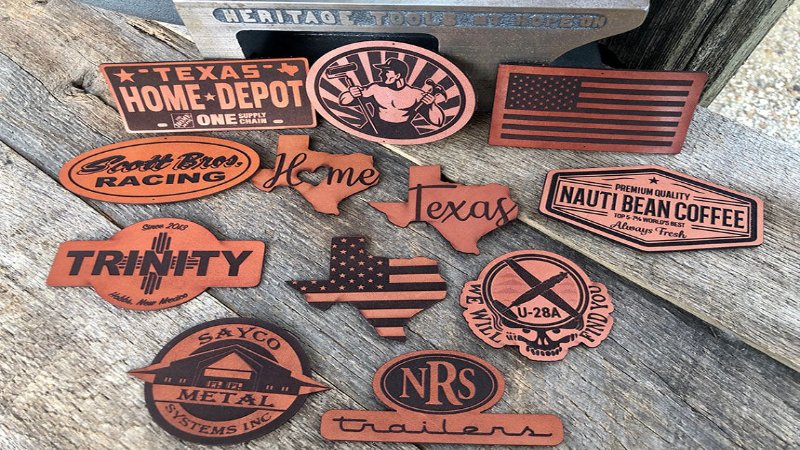
Don’t forget to consider the backing type, whether you need iron-on, sew-on, or Velcro, and of course, determine the quantity you require. With all these specifications in hand, you can then request a detailed quote from a patch manufacturer.
A reputable supplier will often provide a sample patch for your approval before moving into full-scale production. This sample stage is a vital opportunity to review the patch’s quality, colors, and overall design accuracy. Upon your approval of the sample, the manufacturing process officially begins, culminating in the delivery of your finished custom patches, ready to enhance your clothing items.
4. Common Uses of Patches
4.1 Fashion and Apparel
Patches are a popular fashion accessory, adding personality to clothing, jackets, hats, bags and more. They let individuals express their style, interests and identity. Current trends feature vintage patches, embroidered florals and designs incorporating slogans or pop culture references. Patches transform ordinary items into unique fashion statements.
4.2 Branding and Promotion
Businesses use patches for effective branding. Logos prominently displayed on uniforms or promotional items increase brand recognition. Patches create a professional look for employees’ uniforms. They can also enhance promotional items like bags or hats, increasing perceived value. Marketing campaigns utilizing patches create memorable impressions and boost brand visibility.
4.3 Identification and Membership
Patches serve identification purposes in various contexts. Military patches denote rank and unit. Law enforcement uses patches for officer and department identification. Clubs and organizations use them to signify membership and achievements. Sports teams display logos, player numbers and championship wins. Patches foster a sense of belonging and recognize accomplishments.
5. FAQs about Definition of Patches
5.1 How do I attach a sew-on patch?
Attaching sew-on patches is straightforward. Position the patch, securing it with pins or basting stitches. Then sew it on using a needle and thread, either by hand or machine, with stitches like a whipstitch or backstitch. This method ensures a strong, long-lasting attachment.
5.2 Can I iron on a patch to any type of fabric?
Iron-on patches are best suited for heat-resistant fabrics like cotton and denim. Avoid using them on delicate materials such as silk or synthetics which may melt. Always test the adhesive on an inconspicuous area first to avoid damaging the garment.
5.3 What is the most durable type of patch?
Embroidered and PVC patches are known for their durability due to their construction and materials. Woven patches also offer excellent durability. However, proper application and care significantly influence the longevity of any patch type.
5.4 How long does it take to get custom patches made?
Custom patch production generally takes two to four weeks, depending on design complexity, quantity and manufacturer lead times. Shipping time should be added to this estimate for the total turnaround.
5.5 What’s the minimum order quantity for custom patches?
Minimum order quantities vary depending on the manufacturer and patch type. Some manufacturers have minimums as low as 25-50 pieces while others may require larger orders. Check with your chosen supplier for specific requirements.
5.6 What is the difference between embroidered patches and woven patches?
Embroidered patches use thicker threads stitched onto a base fabric, creating a raised, textured design. Woven patches use thinner threads in a tighter weave, producing a smoother, flatter surface perfect for detailed designs and small text.
6. Packlove – Providing Service for Patches
Packlove offers comprehensive custom patch solutions alongside a range of packaging and labeling products. We provide high-quality materials and extensive customization options for patches including embroidered, woven, PVC, leather, chenille and printed styles. Our commitment to excellent customer service ensures a smooth ordering process from design to delivery. We also offer zipper bags, poly mailers, woven labels, heat transfer labels and the convenient Value Booster Kit.
Explore our extensive product offerings, design inspirations and request a free quote. Contact us via email, phone or our website’s contact form for any questions or to place an order. We’re dedicated to helping you bring your design vision to life with high-quality, personalized products.
Read more:
Patches are versatile tools for personal expression, branding and group identification. We’ve explored various types embroidered, woven, PVC and more. Patches offer a cost-effective solution for personalizing items, enhancing brand image and building a sense of community. Explore the diverse world of patches and discover their potential for your next project. Visit Packlove’s website today to discover how custom patches can elevate your style or brand!

